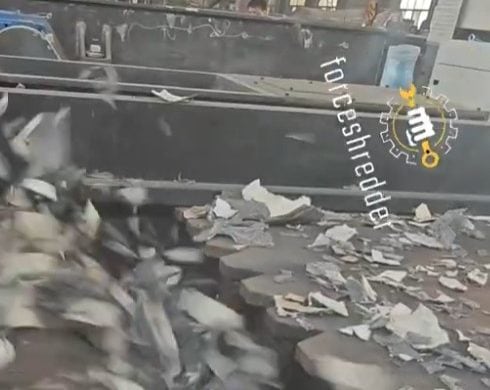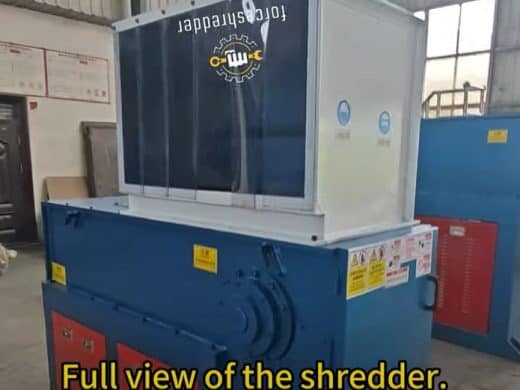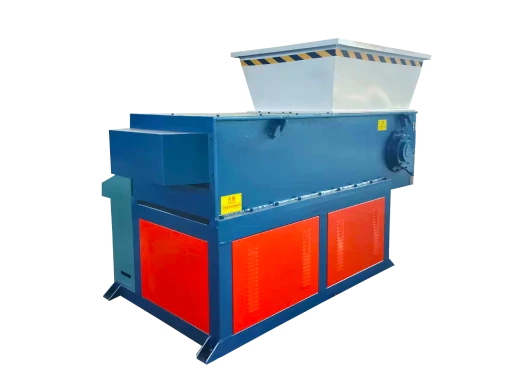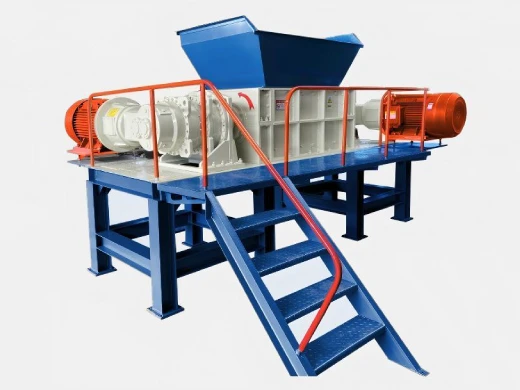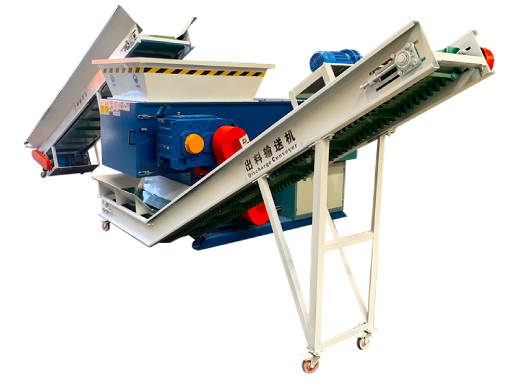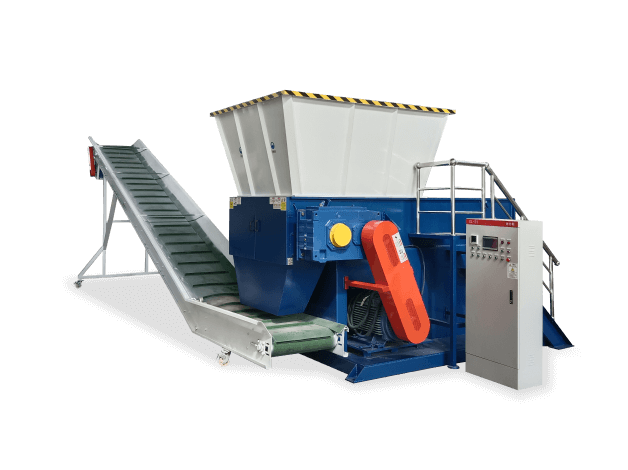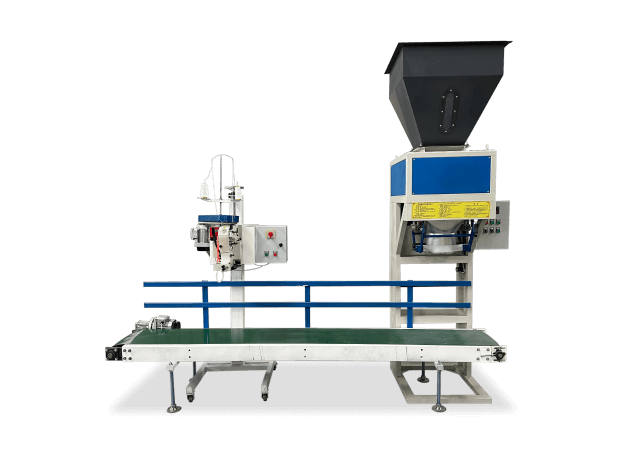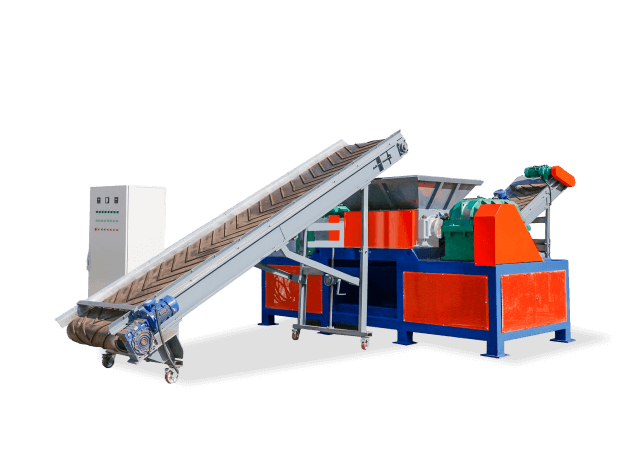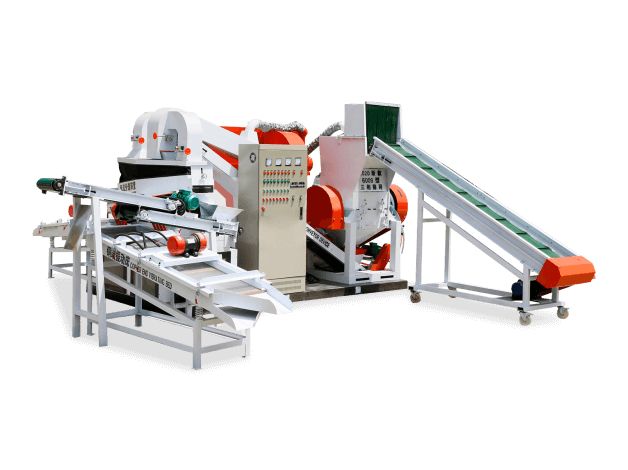Dual-shaft shredders are powerful industrial machines designed to process a wide range of materials efficiently. These robust shredders are widely used in recycling, waste management, and manufacturing industries due to their versatility and high-performance capabilities. But what exactly can a dual-shaft shredder crush? In this article, we explore the different types of materials these machines can handle and their applications.
Plastics and Rubber
Dual-shaft shredders excel at processing various plastic and rubber materials, including:
- Rigid Plastics: PVC pipes, PET bottles, HDPE containers, and ABS scraps.
- Soft Plastics: Plastic films, packaging materials, and nylon waste.
- Rubber Products: Tires, conveyor belts, rubber hoses, and automotive rubber parts.
Wood and Biomass
Wood waste can be efficiently shredded for recycling or biomass fuel production. Common materials include:
- Pallets and Crates: Wooden pallets, shipping crates, and construction lumber.
- Tree Branches and Bark: Landscaping waste and forestry residues.
- MDF and Plywood: Engineered wood products from furniture and construction.
Shredded wood is often repurposed for particleboard, compost, or biomass energy.
Metals (Light and Non-Ferrous)
While dual-shaft shredders are not designed for heavy ferrous metals, they can process:
- Aluminum Cans and Foils: Beverage cans, food containers, and scrap aluminum.
- Copper and Brass Wires: Electrical cables and plumbing scraps.
- Thin Steel Drums and Appliances: Light-gauge metal waste.
Electronic Waste (E-Waste)
E-waste recycling is critical for recovering valuable materials. Dual-shaft shredders can process:
- Circuit Boards (PCBs): Shredded for precious metal recovery.
- Old Appliances: Refrigerators, washing machines, and microwaves.
- Cables and Wires: Copper and aluminum extraction.
Proper e-waste shredding helps reduce environmental pollution and promotes resource recovery.
Paper and Cardboard
Dual-shaft shredders efficiently process paper waste, including:
- Corrugated Cardboard: Packaging materials and boxes.
- Office Paper and Books: Confidential document destruction.
- Newspapers and Magazines: Recycling into new paper products.
Shredded paper is often pulped and reused in paper manufacturing.
Textiles and Fabrics
Textile waste, including discarded clothing and industrial fabric scraps, can be shredded for:
- Fiber Recycling: Repurposing into insulation or new textiles.
- Rag Production: Industrial wiping cloths.
- Waste-to-Energy: Conversion into fuel pellets.
Medical and Hazardous Waste
Specialized dual-shaft shredders with safety features can process:
- Medical Waste: Syringes, IV bags, and contaminated materials (with sterilization).
- Pharmaceutical Packaging: Blister packs and medicine containers.
This ensures safe disposal and compliance with environmental regulations.
Conclusion
Dual-shaft shredders are incredibly versatile machines capable of processing plastics, wood, metals, e-waste, paper, textiles, and more. Their ability to handle diverse materials makes them essential in recycling and waste management industries.
If you’re looking for a reliable dual-shaft shredder for your business, consider factors like material type, shredding capacity, and output size to choose the best machine for your needs.


